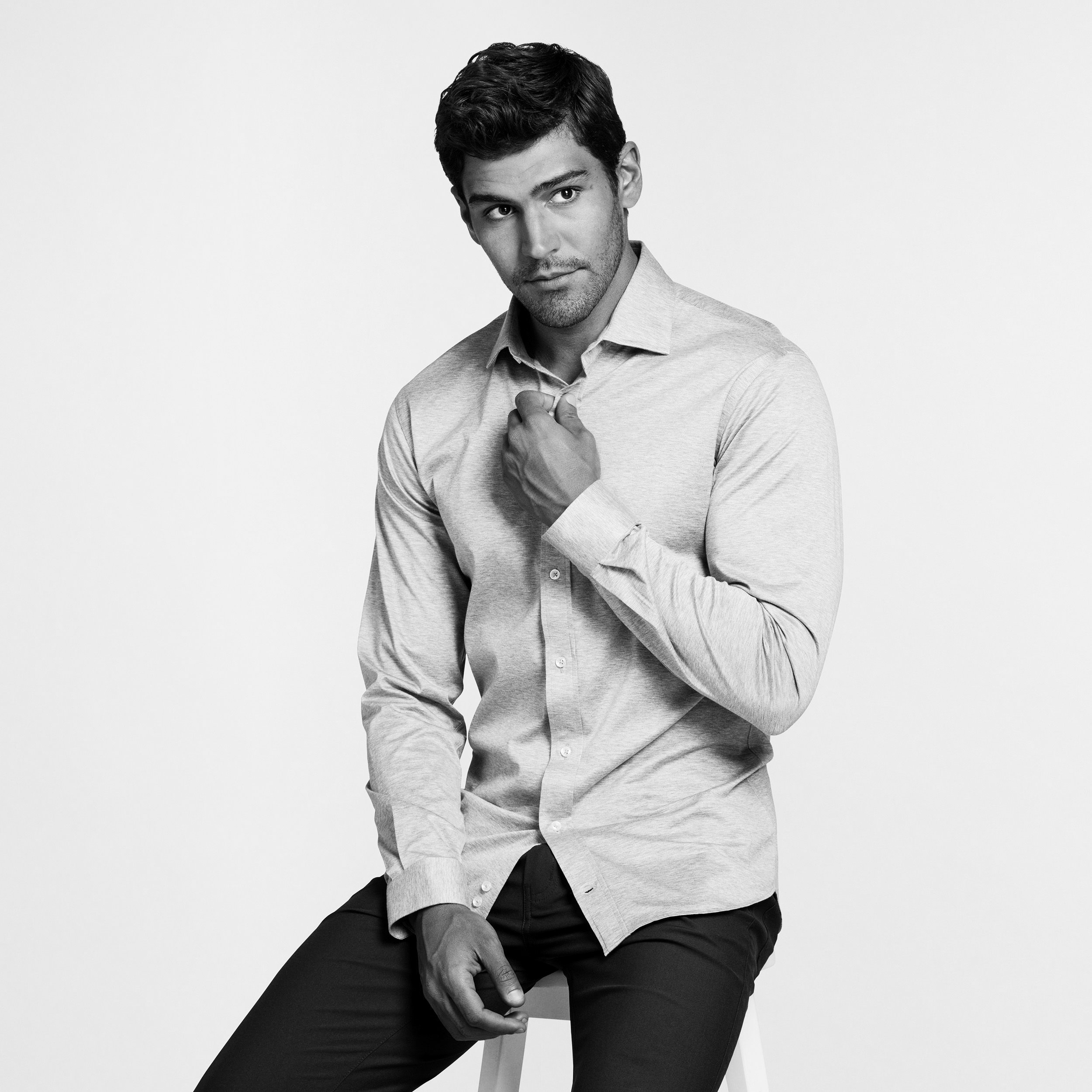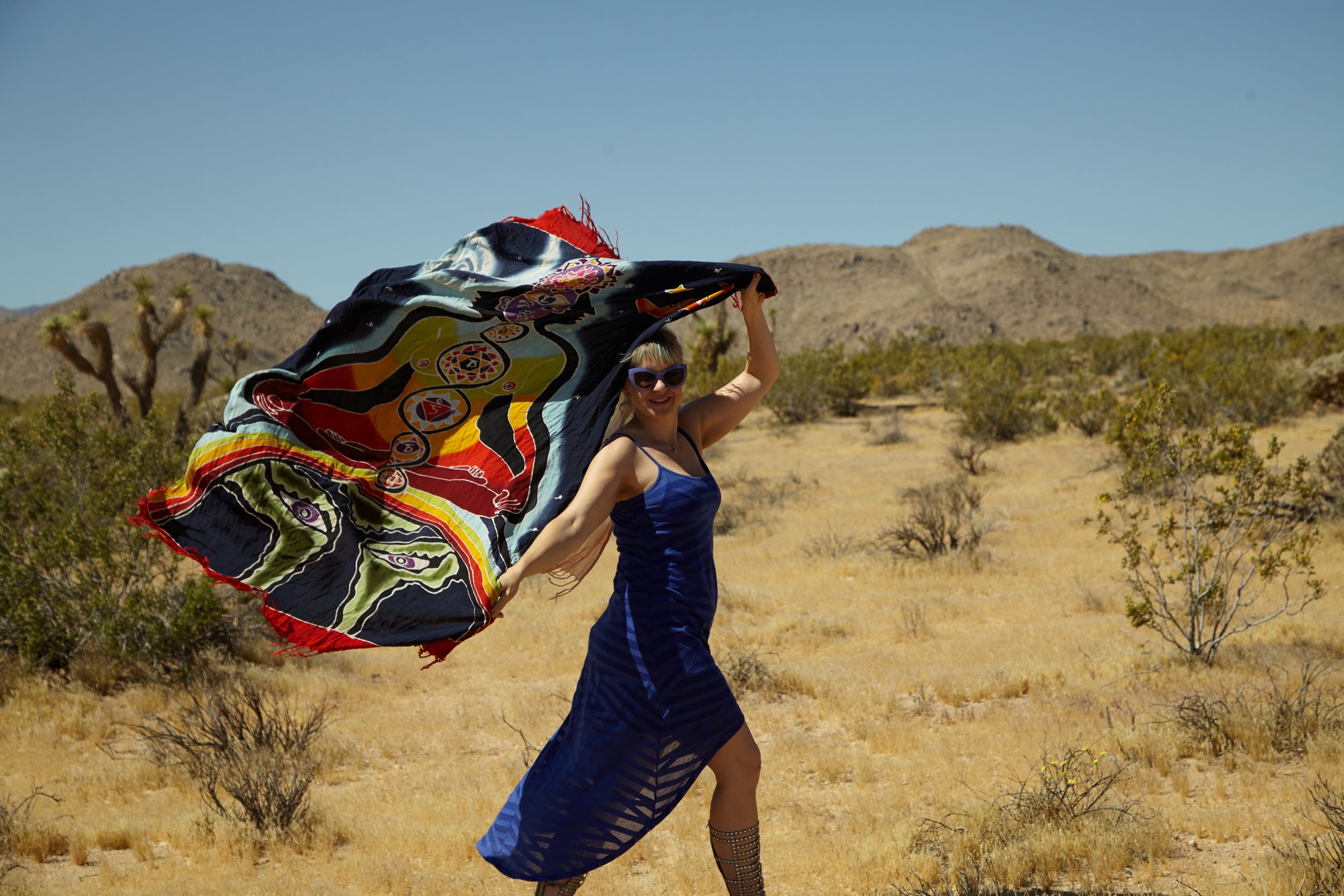This past year I finally got on the SEO bandwagon. SEO, for those who don’t know, is Search Engine Optimization. As in, how to get Google to look at you.
Get you a search engine that looks at you like…
Bautista Zorio, Two Management
Photo by Sonya Bowman Photography
I had heard about SEO for years, but thought it just wasn’t for me. I’m a photographer, what more do I need out of a website than a place to show off my pictures?
Well it turns out that the Google bots can’t read pictures. They need words to know what you’re up to and refer searches your way.
When I first started working with an SEO team in India, I was taken aback by their suggestion to have AI write blogs for me. This website is my ethereal self, my representation to the world, how could anyone (or anything) write for me?
Eventually I was swayed to give it a try. The blog section is a key component for SEO success. So… low on time and eager to see results, I finally agreed to see what the AI blog would look like.
To my surprise, the AI blog was not awful. A little cold, perhaps - it’s hard to outsource Southern charm or California swag - but informative enough. More importantly, the AI blog showed how to use key word chains (hint: relentlessly) and how to build in links to direct back to the site.
My first blog, written from scratch, took me two weeks to complete. The next one, which is a highly edited AI blog, took only a day or two. Since then I use both. Sometimes I have a lot to say straight from my heart, and I can blog with the best of them. Other times, I polish up the writing and add personal passages to these basic blogs sent over by my SEO team to make them more relevant and readable. Both have their place, and I am happy with the results that I have seen.
Since I started working with the SEO team less than a year ago, my search results went from page 30+ to page ~3. I'm finally booking clients who found me through web searches, instead of just personal referral, which is how I have built my business over the past 2 decades.
For my next blog I will talk about how AI has already impacted product photography itself. That one will be all me, because I have a lot to say about it. But for now, I will leave you with this lovely blog written by our robot friends. It’s a perfect example of how to say a whole lot without saying very much at all.
What is Product Photography?
Product photography is all about using the right lighting, angles, and styling to create beautiful images of your products. It allows you to showcase the features and benefits of your products in an engaging way, and it can also be used to create a lifestyle-oriented look for your products. In order to achieve the best results, product photographers will often use a variety of techniques, including the use of props and backgrounds, to create a unique and interesting look for each product.
Fenty Primer because Fenty Everthing.
Product photography by Sonya Bowman Photography
The Benefits of Product Photography
Product photography is an important marketing tool because it provides potential customers with a clear and concise representation of your products. This can help to create a sense of trust and excitement about your products, and it can also be used to help build your brand. Additionally, product photography can be used to showcase your products in a variety of ways, such as in print or online, which can help to increase visibility and sales.
Fragrance bottles ftw
Product photography by Sonya Bowman Photography
Tips for Creating Great Product Photos
If you are new to product photography, there are a few important tips to keep in mind. First, it is important to make sure that your product is clearly visible in the photo. You should also ensure that your product is well-lit, as this will help to draw attention to the details of your product. Additionally, you should consider using props or backgrounds to create an interesting look and feel for your product. Finally, it is important to choose the right angle for each product, as this will help to create the perfect image.
Telling a tale about muscle aches.
Product photography by Sonya Bowman Photography
Editing and Post-Production
Once you have taken the photos, it is important to spend time editing and post-producing them to make sure that they look their best. This can include color correction, cropping, and retouching. Additionally, you may want to consider adding special effects or filters to make your product photos stand out from the rest.
Don’t listen to the AI, product photography is a terrible time to use filters. Remove dust and scratches, clean up the reflections, adjust color and contrast, and call it a day. Product photography requires you to make the magic in camera.
Product photography by Sonya Bowman Photography
Product photography should be used strategically in order to create the desired effect. This can include using different angles to emphasize the product’s features, using lighting to bring out its unique details, or using props to create a story around the product. Adobe Lightroom and Photoshop are two popular programs used for product photography. They are used to adjust color, contrast, and brightness to bring out the best in each product.
Prop it up.
Product photography by Sonya Bowman Photography
Product photography is the art of capturing images of products to be used in advertising, catalogs, websites, and other forms of marketing. This type of photography is used to showcase products in the best possible light and to create a memorable impression on potential customers. Sonya Bowman is a professional photographer who specializes in product photography. She offers her services to a variety of clients, including small businesses, large corporations, and individuals.
Always striving to make a memorable impression.
Sonya Bowman Photography in the wild.







